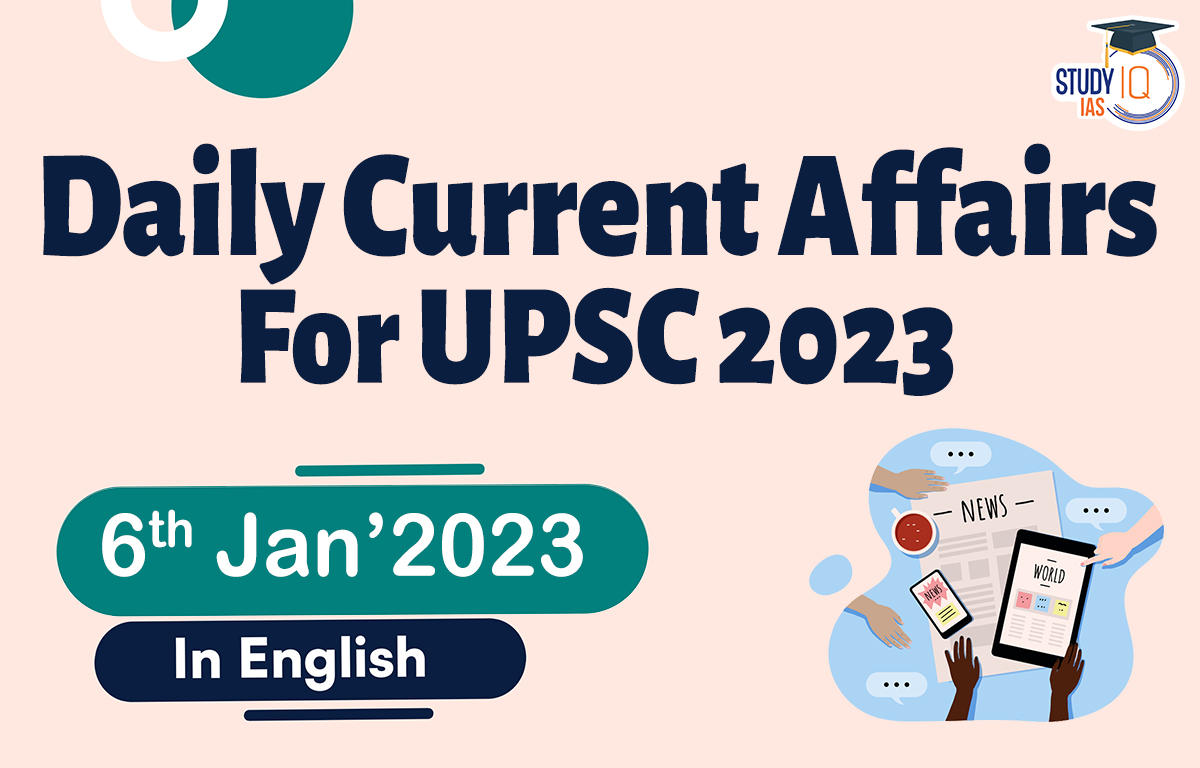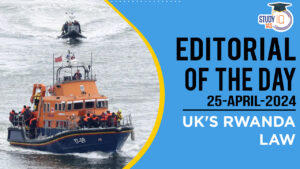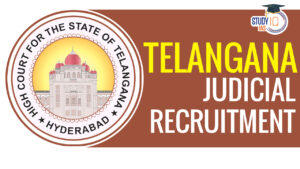Daily Current Affairs for UPSC 2023
Q) Recently seen in news, the report on urban forestry and urban greening in drylands is released by which one of the following organization?
- World Food Programme
- World Wide Fund for Nature
- Food and Agriculture Organization
- International Fund for Agricultural Development
Daily Current Affairs for UPSC – 5 January 2023
Explanation:
- Option (3) is correct: The Food and Agriculture Organization (FAO) has released a report titled “Urban forestry and urban greening in drylands”. The report was produced in the framework of FAO’s Green Urban Oases Programme, launched to improve the resilience of dryland cities by tackling climate, health, food and economic challenges. The program contributes to FAO’s green cities initiative that was launched in 2020 to improve the livelihoods and well-being of urban and peri-urban populations in at least 100 cities around the world in the next three years. As per the report some 35% of the world’s largest cities (including New Delhi, Cairo etc.) are built in the world’s drylands facing a high risk of social, environmental and economic crises as they grow. Scarce rainfall and water supplies compound the negative impacts of rapid urbanization on drylands, leading to overexploitation of limited resources, increased land degradation etc. Urban forestry and greening strategies have yet to be fully incorporated in many dryland cities. The report recommended planning and maintaining green spaces and selecting trees and other plants that are suited to local environment and cityscape. Boosting community participation and a sense of ownership, provide incentive to encourage tree planting and building capacity through environmental education. Creating robust policies and protect urban greenery.
Q) Consider the following statements about ‘technical textiles’:
- The National Technical Textiles Mission aims to achieve exports of Rs 10 billion in the technical textiles segment by 2030.
- Technical textiles are also used for agricultural purposes.
- 100 percent foreign direct investment (FDI) under the automatic route is allowed in technical textiles.
Which of the statements given above are correct?
- 1 and 2 only
- 2 and 3 only
- 1 and 3 only
- 1, 2 and 3
Explanation:
- Statement 1 is incorrect: National Technical Textiles Mission was approved in 2020 by the Cabinet Committee on Economic Affairs (CCEA) with the aim to position the country as a global leader in technical textiles and increase the use of technical textiles in the domestic market. It aims to achieve a market size of $40 billion and export of $10 billion in the technical textiles segment by 2024-25. The focus of the Mission is also for developing on usage of technical textiles in various flagship missions, programmes of the country including strategic sectors.
- Statement 2 is correct: Technical textiles are functional fabrics that have applications across various industries including automobiles, civil engineering and construction, agriculture, healthcare, industrial safety, personal protection etc. Technical textiles are manufactured primarily for performance or functions rather than aesthetics. They may be both woven and non-woven and is made out of primarily synthetic and some natural fibers.
- Statement 3 is correct: The Government of India allows 100% Foreign Direct Investment (FDI) under automatic route. In 2019, the Government of India dedicated 207 HSN codes to technical textiles to help in monitoring the data of import and export, in providing financial support and other incentives to manufacturers. It is a flagship event organized by the Ministry of Textiles and comprises exhibitions, conferences and seminars with the participation of stakeholders from across the global technical textile value chain.
Q) With reference to corporate tax in India, consider the following statements:
- Both public and private enterprises registered in India under the Companies Act 1956 are required to pay it.
- It is an indirect tax imposed on a company’s operating profit.
- The corporate tax contributes below 2 percent of the GDP of the country.
Which of the statements given above are not correct?
- 1 and 2 only
- 2 and 3 only
- 1 and 3 only
- 1, 2 and 3
Explanation:
- Statement 1 is correct: The corporate tax is payable by both public and private companies registered in India under the Companies Act 1956. India consists of one direct taxpayer for every 16 voters present.
- Statement 2 is incorrect: A corporate tax is a direct tax placed on a company’s net income or profit from its operations. India’s Gross tax to GDP which was 11% in FY19, fell to 9.9% in FY20 and marginally improved to 10.2% in FY21 (partly due to a decline in GDP) and is envisaged to be 10.8% in FY22, this is much lower than the emerging market economy average of 21 per cent and OECD average of 34 per cent.
- Statement 3 is incorrect: Recently, corporate tax collections exceeded 3 per cent of the GDP after a gap of two years in 2021-22. The tax-to-GDP ratio measures the size of a country’s tax revenue compared to its GDP. The higher the tax-to-GDP ratio, the better is the country’s financial position. The ratio denotes the government’s ability to fund its expenditures.
Q) Consider the following statements:
- The BIND Scheme is a central sector scheme to provide financial support for the infrastructure development of All India Radio.
- PM-SHRI is a centrally sponsored scheme for the development of all new schools for the students of Scheduled Tribes.
Which of the statements given above is/are correct?
- 1 only
- 2 only
- Both 1 and 2
- Neither 1 nor 2
Explanation:
- Statement 1 is correct: The Cabinet Committee on Economic Affairs approved the “Broadcasting Infrastructure and Network Development (BIND)” scheme. It is a Central Sector Scheme which provides financial support for the infrastructure development of Prasar Bharati that is, All India Radio (AIR) and Doordarshan (DD). This scheme will enable the public broadcaster to undertake a major upgradation of its facilities with better infrastructure which will widen its reach, including in the LWE, border and strategic areas and provide high-quality content to the viewers. The Scheme will increase the coverage of AIR FM transmitters in the country to 66% by geographical area. It also envisages free distribution of over 8 lakh DD Free Dish STBs to people living in remote, tribal, LWE and border areas.
- Statement 2 is incorrect: PM-SHRI is a centrally sponsored scheme for the upgradation and development of more than 14500 Schools across the country. It aims at strengthening the selected existing schools from amongst schools managed by Central Government/ State/ UT Government/ local bodies. It will showcase all components of the National Education Policy 2020 and act as an exemplary school and also offer mentorship to other schools in their vicinity. The focus will be on achieving proficiency in the learning outcomes of every child in every grade.
Q) With reference to Reserve Bank-Integrated Ombudsman Scheme (RB-IOS), consider the following statements:
- RB-IOS offers free redress when a bank fails to resolve a customer’s complaint within 30 days.
- Non-scheduled primary cooperative banks are excluded from the ambit of RB-IOS.
- The Deputy Governor of the Reserve Bank of India is designated as the appellate authority under the scheme.
Which of the statements given above is/are correct?
- 1 only
- 1 and 2 only
- 2 and 3 only
- 1, 2 and 3
Explanation:
- Statement 1 is correct: The Reserve Bank-Integrated Ombudsman Scheme (RB-IOS) was launched in November 2021 after integrating three erstwhile ombudsman schemes of RBI, that is, the Banking Ombudsman Scheme, 2006; the Ombudsman Scheme for Non-Banking Financial Companies, 2018; and the Ombudsman Scheme for Digital Transactions, 2019. The scheme will provide cost-free redressal of customer complaints involving deficiency in services provided by entities regulated by RBI, which have not been resolved within a period of 30 days by the regulated entity.
- Statement 2 is incorrect: The scheme will also bring under its ambit Non-Scheduled Primary Co-operative Banks with a deposit size of Rs 50 crore and above. The number of complaints received under the Reserve Bank of India’s ombudsman schemes and consumer education and protection cells has seen an increase of 9.39 per cent compared to the previous year. Complainant need not identify under which scheme he/she should file complaint with the Ombudsman. ‘Deficiency in service’ has been provided as the ground for filing a complaint, with a specified list of exclusions. Hence, complaints would no longer be rejected simply on account of “not covered under the grounds listed in the scheme”.
- Statement 3 is incorrect: The scheme operates on a ‘One Nation One Ombudsman’ approach, making it jurisdiction neutral. The Principal Nodal Officer in the rank of a General Manager in a Public Sector Bank or equivalent will be responsible for representing the Regulated Entity and furnishing information in respect of complaints filed by customers. Regulated entity will not have the right to appeal against the order in cases where the ombudsman has ruled against it for not furnishing satisfactory and timely information/documents. The Executive Director-in charge of Consumer Education and Protection Department of RBI is the appellate authority under the scheme. RBI will make use of Artificial Intelligence tools so that regulated entities and investigating agencies could coordinate in a better way in the fastest time possible.


 Current Affairs 25th April 2024 for UPSC...
Current Affairs 25th April 2024 for UPSC...
 Editorial of the day (25th Apr): UK's Rw...
Editorial of the day (25th Apr): UK's Rw...
 Telangana Judicial Recruitment Notificat...
Telangana Judicial Recruitment Notificat...

















